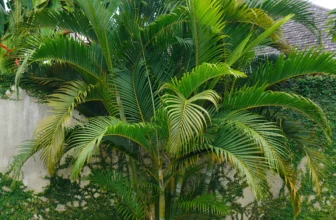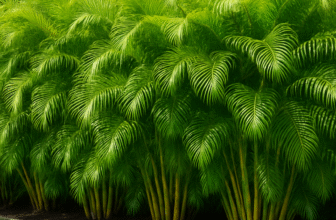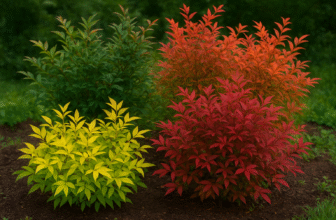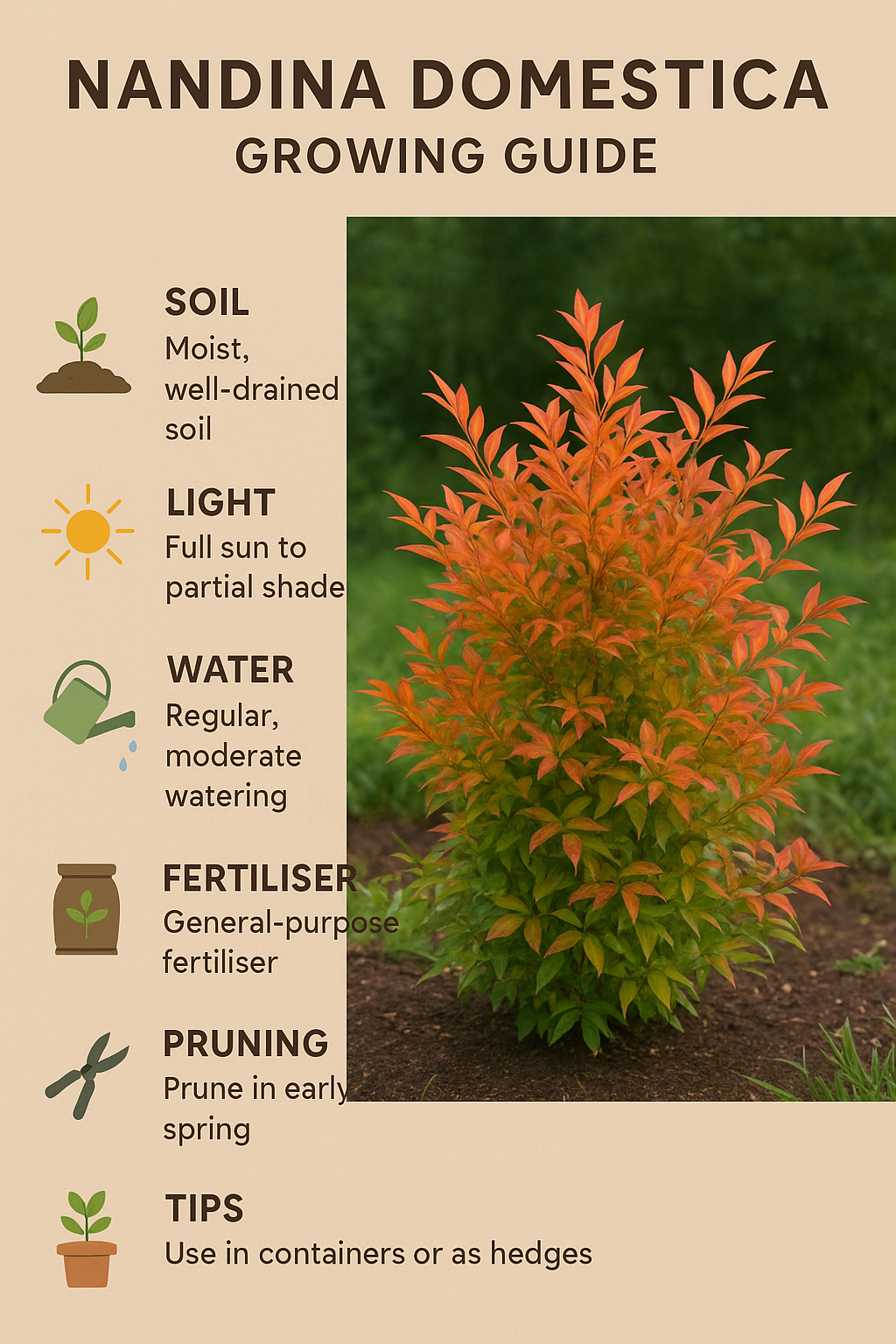Australia is a haven for its native flora, which not only holds cultural significance but also provides incredible benefits for health, cuisine, and landscaping. Lemon Myrtle stands out with its glossy, lanceolate leaves (5–12 cm long).
Which releases an intense citrus aroma when crushed, from summer through autumn, it adorns itself with clusters of creamy white flowers, attracting pollinators and adding an ornamental charm.
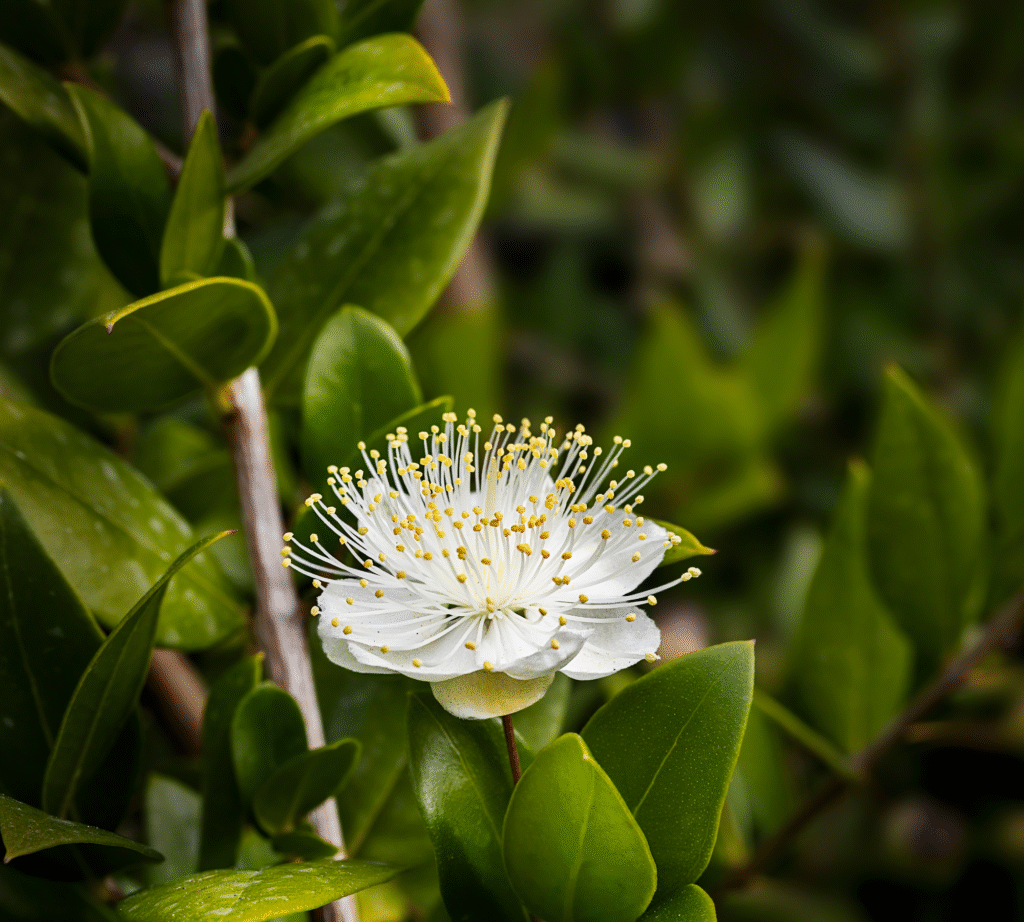
Growth characteristics:
Climate Preferences:
Thrives in subtropical zones but tolerates temperate regions if sheltered from frost. Cold winters cause leaf paling, requiring pH-neutral to slightly acidic soils for recovery.
Resilience:
Adaptable to most soils, except those that are waterlogged. Withstands light drought once established, but flourishes with consistent moisture.
Longevity:
Slow-growing initially but long-lived. Bypasses the shrubby juvenile stages when propagated from cuttings of mature trees.
Main Types of Lemon Myrtle:
Citral-Rich Lemon Myrtle
- Contains up to 98% citral in its essential oil.
- Most commonly cultivated for culinary and medicinal purposes.
- Strong lemon scent and flavor.
- Best suited for commercial use.
Mild Lemon Myrtle
- Contains a lower concentration of citral.
- Preferred for ornamental purposes due to milder scent.
- Popular in urban gardens and landscaping
Dw.arf Varieties (Hybrid Cultivars)
- Bred for compact growth.
- Suitable for potting, balconies, and small gardens.
- More tolerant to colder conditions.
2. The Two Chemotypes: Citral vs. Citronellal
Not all Lemon Myrtles are alike! Genetic diversity has produced two distinct chemotypes, each with unique compounds and uses:
Table: Lemon Myrtle Chemotypes
| Feature | Citral Chemotype | Citronellal Chemotype |
|---|---|---|
| Prevalence | Dominant (90% of cultivation) | Rare, wild populations only |
| Key Compound | Citral (90–98% of essential oil) | L-Citronellal (80–89% of oil) |
| Aroma | Intense, sweet lemon | Earthy lemon-rose |
| Primary Uses | Culinary, antimicrobial products | Insect repellents, aromatherapy |
Feature Citral Chemotype Citronellal Chemotype
Prevalence Dominant (90% of cultivation) Rare, wild populations only
Key Compound Citral (90–98% of essential oil) L-Citronellal (80–89% of oil)
Aroma Intense, sweet lemon, Earthy lemon-rose
Primary Uses: Culinary, antimicrobial products, Insect repellents, and aromatherapy.
Breeding Stability True to seed Does not breed true (50:50 split)
Why Citral Dominates:
With the highest natural citral concentration of any plant—surpassing lemongrass (Cymbopogon flexuosus) by 30%—this chemotype delivers unmatched lemon flavor and therapeutic potency. Its “cleaner” aroma makes it ideal for gourmet applications and premium essential oils.
Cultivation: From Rainforests to Backyards
Regional Strongholds in Australia for Lemon Myrtle
- Queensland: The epicenter of commercial production. Plantations near Sunshine Coast, Mackay, and Herberton yield 2,400+ tonnes of fresh leaf annually—ideal conditions: high humidity, summer rainfall, and frost-free winters.
- Northern NSW: Expanding farms from Byron Bay to Ballina. Cooler than QLD, but still suitable due to microclimates.
- Southern Gardens: Grown ornamentally in Victoria/South Australia in pots or sheltered courtyards. Requires winter frost cloth.
Cultivation Best Practices:
- Propagation: Seed germination is unpredictable. For citral consistency, use cuttings from mature trees.
- Pruning: Trim at any time to shape or encourage bushiness. Never remove more than one-third of foliage at once.
- Pests/Diseases: Myrtle rust (Uredo rangelii) devastates new growth. Organic fungicides (e.g., potassium bicarbonate) help control outbreaks.
- Drying Leaves: Temperatures of 40–50°C maximize citral retention but may cause leaf discoloration.
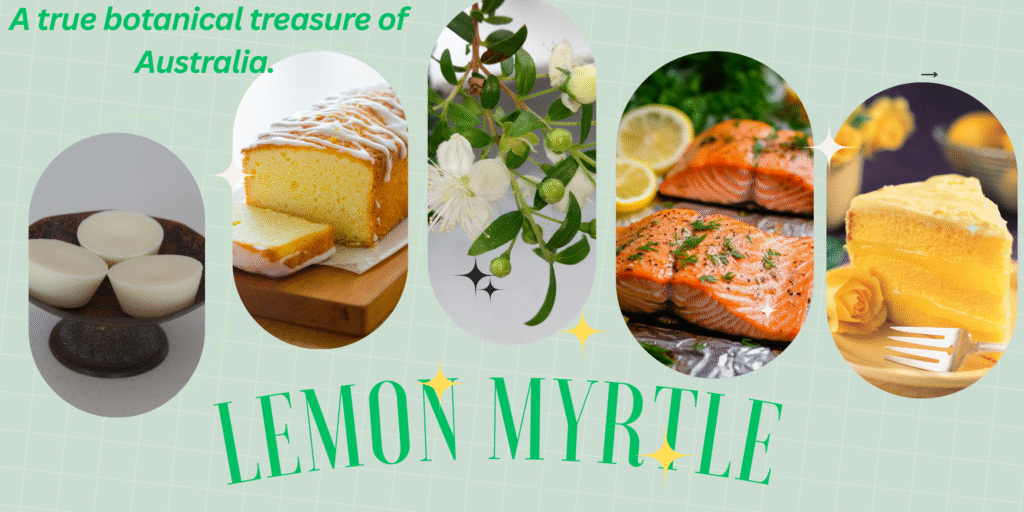
Culinary Star: Beyond “Lemonier Than Lemon”
Lemon Myrtle’s citrus punch—10× stronger than lemon juice—revolutionizes dishes without acidity-induced curdling. This makes it perfect for dairy-based recipes, as traditional lemons can’t handle temperatures above.
Transformative Applications:
- Teas & Beverages: Steep fresh/dried leaves for a vibrant tea. Add one drop of food-grade oil to apple juice spritzers for a fragrant mocktail.
- Seasonings: Dried leaf powder enhances marinades, cookies (e.g., Lemon Myrtle Wattleseed mix), or Spicy Lemon Myrtle Sea Parsley Seasoning for seafood.
- Innovative Pairings:
- Desserts: Infuse cream for panna cotta or sorbet.
- Savory: Blend into pesto (e.g., coriander, chili, and pine nuts).
- Preserves: Lemon Myrtle honey or mango jam adds Australian terroir.
Chef’s Tip: Use sparingly! 1 teaspoon of dried powder flavors four servings. Overuse imparts a soapy taste.
Antimicrobial Powerhouse: Science Meets Tradition
Aboriginal communities long used Lemon Myrtle for wound care—a practice now validated by science. Its essential oil exhibits extraordinary antimicrobial activity, outperforming tea tree oil in some studies.
Proven Therapeutic Effects:
- Broad-Spectrum Action: Effective against Staphylococcus aureus (including MRSA), E. coli, Candida albicans, and acne bacteria 611.
- Skin Health: Diluted oil (≤1%) soothes eczema, psoriasis, and molluscum contagiosum. In trials, 56% of patients experienced lesion improvements.
- Antioxidant Richness: High in lutein, vitamin E, and zinc—combats free radicals in skincare and foods 411.
Safety First:
Undiluted oil is cytotoxic to human cells in vitro. Always dilute to 0.5–1% in carrier oils for topical use. Avoid internal consumption of non-food-grade oil.
Essential Oil: From Leaf to Luxury
Production Insights:
- Extraction: Steam distillation of fresh leaves yields 1–3% oil. 100 kg of leaves produce ~2 liters of oil.
- Quality Markers: Premium oils contain more than 90% citral (neral + geranial). Adulteration with synthetic citral is common; opt for oils certified to AS 4941-2001 [citation:10].
Innovative Uses of Lemon Myrtle:
- Nanoemulsions: Water-dispersible oil formats enhance antimicrobial efficacy in natural cleaners.
- Home Products: From DEET-free insect repellents to antibacterial laundry sprays (e.g., Lemon Myrtle Fragrances’ range).
- Aromatherapy: Diffused oil uplifts mood and purifies air. Combines well with lavender or eucalyptus.
Growing Demand In:
- Aromatherapy
- Organic skincare
- Plant-based meat flavorings
- Ethnobotanical supplements
Startups and wellness brands in Australia and abroad are incorporating Lemon Myrtle into a range of products, from protein bars to deodorants and eco-friendly cleaners.
Conclusion
From the lush rainforests of Queensland to urban gardens and international pantries, Lemon Myrtle continues to capture the imagination of chefs, health professionals, gardeners, and entrepreneurs.
Its captivating citrus scent, potent antimicrobial properties, and adaptability to various climates make it a true botanical treasure of Australia.


